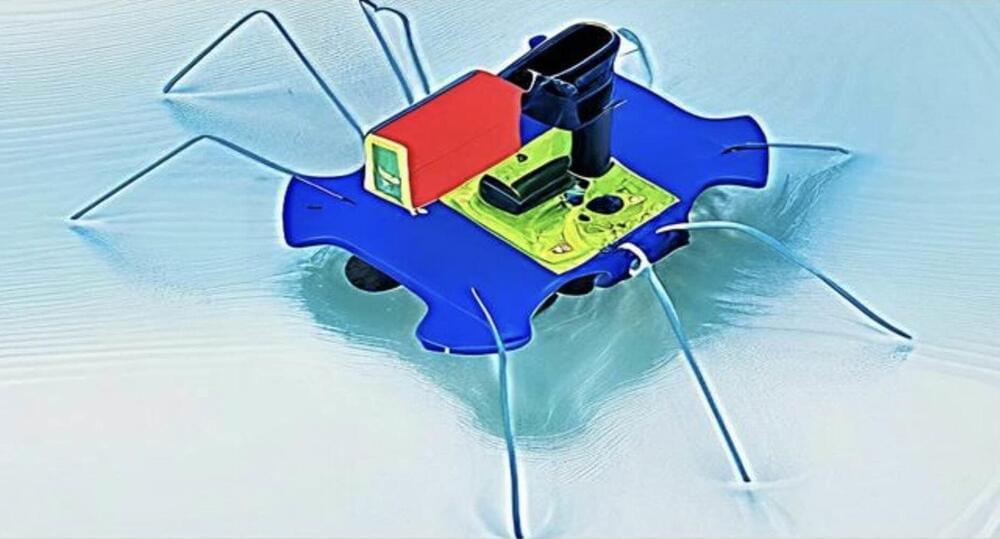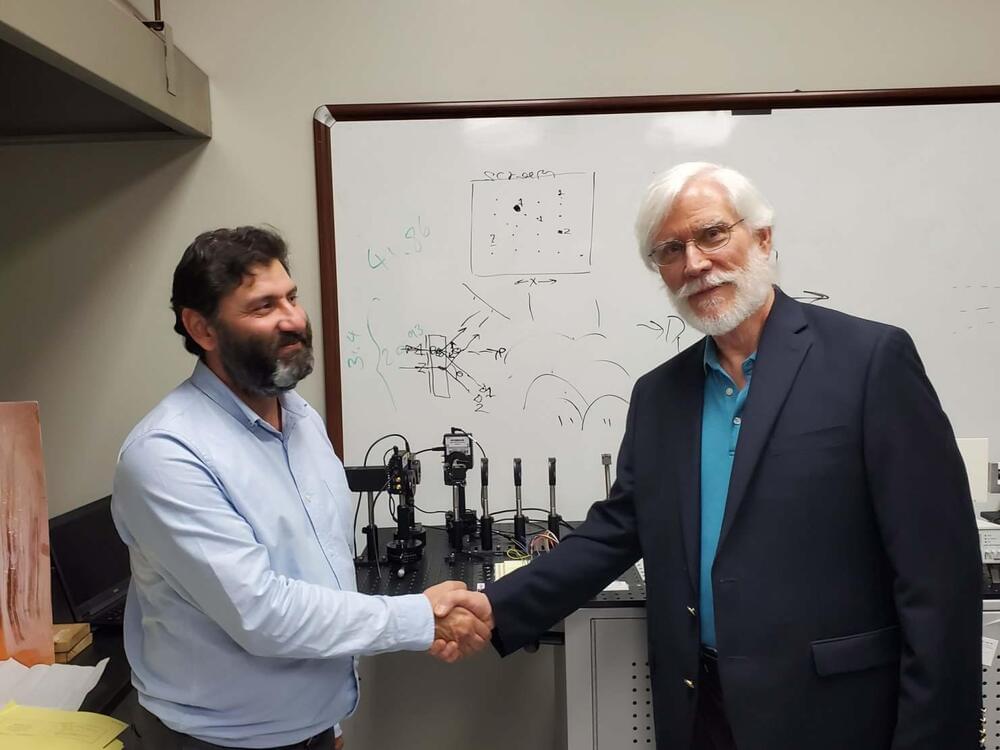Who wants to make a TRACTOR pull request?



A new robot bug that can live in the ocean for 100 years and feed off of bacteria has made its debut as DARPA’s latest surveillance tool.
With a vast amount of area to cover, the US government is funding research for new oceanic spy technology. Now, a Binghamton University team has developed what may become one of the most simple and effective tools in its arsenal.
Now, a new DARPA initiative is playing off of the idea of “the Internet of Things,” the term used for the many non-computer devices connected to the Internet in some way, from refrigerators to fish tanks, and seeking to develop an “Ocean of Things.” With many futurists’ eyes on space conflict and satellite warfare, it’s easy to forget that 71% of the Earth’s surface is water, and naval conflict is still an element in geopolitics.

New: 3 OpenAI leaders are leaving.
President Greg Brockman going on extended leave, John Shulman to rival Anthropic, and product leader Peter Deng is also out.
https://theinformation.com/articles/trio-of-leaders-leave-op…&rc=c48ukx.
(Reuters) — John Schulman, one of the co-founders of artificial intelligence company OpenAI, has left the ChatGPT maker for rival Anthropic, he said in a post on social media platform X late Monday.
“This choice stems from my desire to deepen my focus on AI alignment, and to start a new chapter of my career where I can return to hands-on technical work,” Schulman said in his X post.
OpenAI’s President and co-founder Greg Brockman is also taking a sabbatical through the end of the year, he said in a X post late Monday.


Sorry, lol, i had to.
‘I’m never going to age’
It’s a crucial support to most everything our body does. When we’re young, our body is efficient at producing NAD.
As people age, production slowly tapers — which studies suggest might be one of the reasons we tend to feel worse as we get older.
But scientists caution that they have yet to design a NAD product that our body can use in the same way that it uses the NAD we produce naturally.


Science: Physicists Will conduct experiments to verify if we live in the real reality or if we live in a virtual reality. In a computer simulation. In a dream. Or if not.
Researchers at California State Polytechnic University (CalPoly), Pomona are carrying out a series of quantum physics experiments expected to provide strong scientific evidence that we live in a computer simulated virtual reality. — PR13031782.


PROVO — A new study from a BYU professor is giving insights into the quality of popularly consumed carbohydrates in the U.S. with a new glycemic index and database developed with the use of artificial intelligence.
Nutrition and dietetics professor Karen Della Corte developed a national glycemic index and glycemic load database that was published in the American Journal of Clinical Nutrition. A news release from BYU said the data offers insights into the “evolving quality of carbohydrates consumed in the United States, something that hadn’t been done previously.”
She hopes this database helps increase awareness on the importance of carbohydrate quality in one’s diet and how, with other lifestyle factors, it can help prevent diseases and extend an individual’s health span.
In a feat of modern-day alchemy, scientists have used a beam of vaporized titanium to create one of the heaviest elements on Earth – and they think this new method could pave the way to even heftier horizons.
This is the first time the new technique – in which a hunk of the rare isotope titanium-50 is heated to almost 1,650 °C (3000 °F) to release ions that are beamed at another element – has successfully produced a superheavy element, livermorium.
Livermorium was first synthesized back in 2000, and it’s not the heaviest element humans have created (that would be oganesson, atomic number 118).